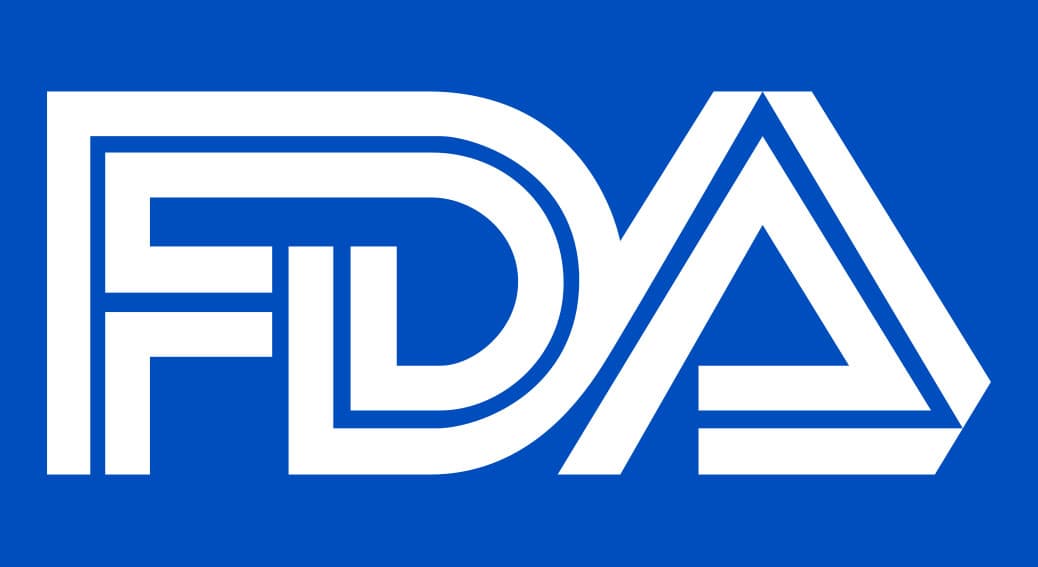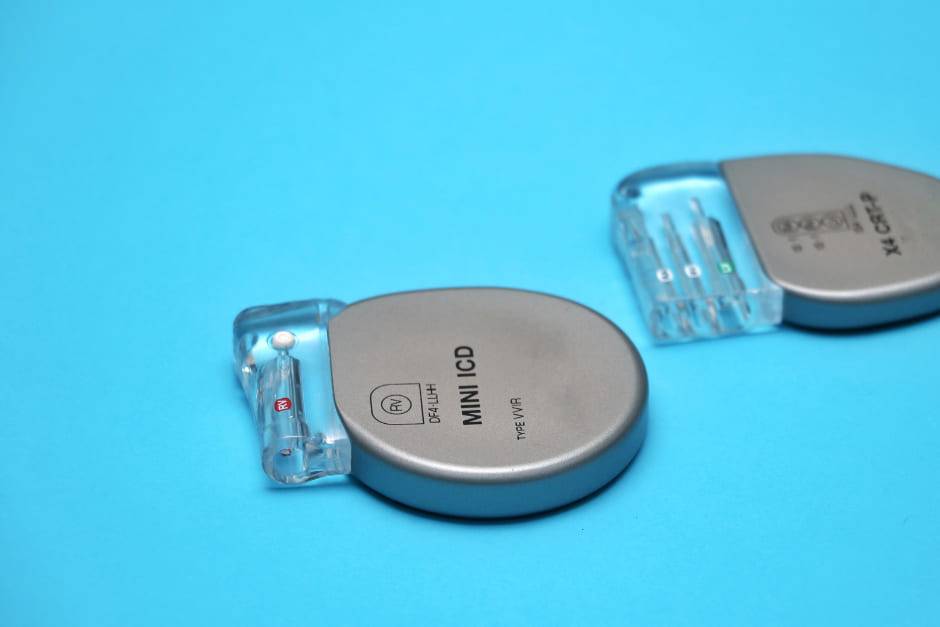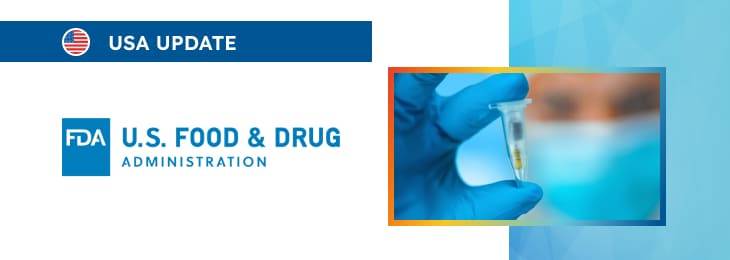The article outlines the general considerations for evidentiary expectations and describes in detail the authority’s non-clinical recommendations.

Table of content
The Food and Drug Administration (FDA or the Agency), the US regulating authority in healthcare products, has published a draft guidance document dedicated to evidentiary expectations for 510(k) implant devices.
Once finalised, the document will provide an overview of the applicable regulatory requirements and additional clarifications and recommendations to be considered by medical device manufacturers and other parties involved to ensure compliance with it.
At the same time, it is essential to mention that provisions of the guidance are non-binding in their legal nature, nor are they intended to introduce new rules or impose new obligations.
Moreover, the authority explicitly states that an alternative approach could be applied, provided such an approach is in line with the existing legislation. It has been agreed with the authority in advance.
General Considerations
In particular, the present guidance contains general considerations associated with evidential expectations in the context of premarket submissions for 510(k) implants, focusing on ensuring the safety and effectiveness of medical devices allowed for marketing and use in the country.
The document also refers to the concept of substantial equivalence (SE) used to reduce the regulatory burden for the parties interested in placing their products on the market.
According to the guidance, the critical general considerations include:
- Indications for Use and Patient Populations: The FDA emphasizes the importance of clearly defining the indications for use, considering patient populations, disease states, and conditions of use.
This includes specific considerations for devices used in pediatric patients (21 years of age or younger), who have unique requirements due to their size, activity level, and potential for long-term use. Testing should reflect the intended use, anatomical locations, and variations in biochemical and biomechanical environments. - Duration of Implantation: Submitters should consider the intended duration of implantation, as it influences the type of testing required.
This includes different considerations for temporary, permanent, degradable, or resorbable implants. FDA also highlights the importance of considering wear and degradation in both intended and unintended scenarios. - Patient and Physician Experience: The FDA recommends conducting a rigorous risk analysis considering patient and physician experiences.
This includes risks associated with daily activities, medical care, reoperation, patient demographics, duration of use, user interaction, device design, and implantation procedures.

Non-Clinical Recommendations
Apart from general considerations, the document also provides recommendations concerning non-clinical testing and evaluation of implantable medical devices. According to the guidance, they include, among other things, the following aspects
- Biocompatibility: Evaluation should follow the FDA Biocompatibility Guidance, considering cytotoxicity, sensitisation, irritation, systemic toxicity, and other relevant endpoints.
- Sterility and Shelf Life: Implants should be sterilized and meet pyrogen limit specifications. Shelf life testing should ensure package integrity and evaluate any changes in device performance over time.
- Reprocessing and Cleaning: According to the document, validated instructions for maintaining sterility are vitally important for processable implants.
- Software and Cybersecurity: Implants with software components should address cybersecurity risks and maintain functionality throughout their lifecycle.
- Electrical Safety and Electromagnetic Compatibility (EMC): Implants with electrical components should demonstrate safety and compatibility with consensus standards.
- Magnetic Resonance (MR) Compatibility: Implants should be evaluated for safety and compatibility in MR environments, considering various MR-related hazards.
- Additional Non-Clinical Performance Testing: The FDA suggests a range of further tests tailored to the specific device and its differences from the predicate. This includes testing for corrosion, fatigue, degradation, particulate characterisation, coating characterisation, imaging and radiotherapy compatibility, and engineering analysis.
- Animal Testing: In cases where bench performance testing is insufficient, the FDA may recommend animal testing to evaluate in vivo performance and generate safety information necessary to complete the assessment of a medical device.
The ethical principles of replacement, reduction, and refinement should be considered each time the animals are used for testing. - Implant Device Design Considerations: According to the document, information regarding materials, manufacturing processes, and design specifications is vitally important, especially for implants with unique materials or manufacturing methods.
This includes considerations for implants containing nitinol, degradable polymers, and biologically-derived materials.
Conclusion
In summary, the present FDA guidance provides additional clarifications for the scope of different non-clinical testing implantable devices that should be undertaken in order to ensure their safety and effectiveness, as well as compliance with the relevant regulatory requirements.
The document also outlines general considerations regarding the evidential expectations for implantable medical devices intended to be marketed and used in the US.
How Can RegDesk Help?
RegDesk is a holistic Regulatory Information Management System that provides medical device and pharma companies with regulatory intelligence for over 120 markets worldwide. It can help you prepare and publish global applications, manage standards, run change assessments, and obtain real-time alerts on regulatory changes through a centralized platform. Our clients also have access to our network of over 4000 compliance experts worldwide to obtain verification on critical questions. Global expansion has never been this simple.

